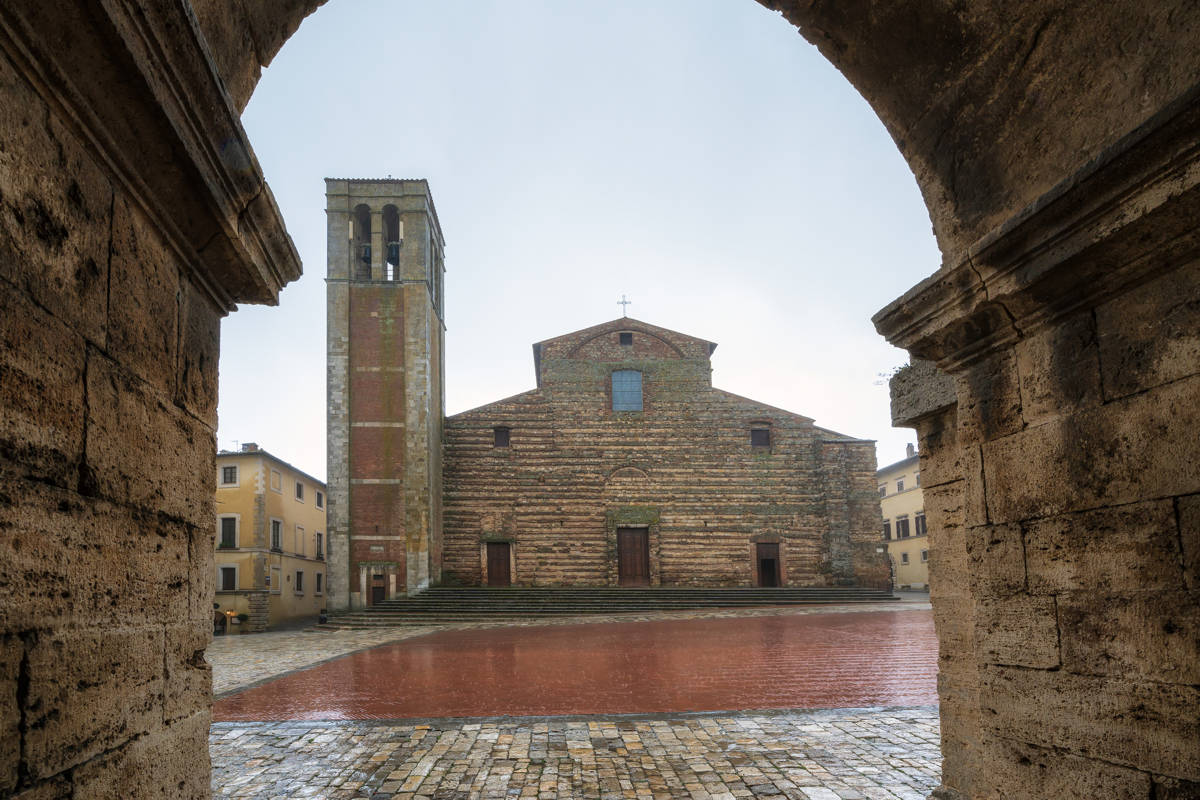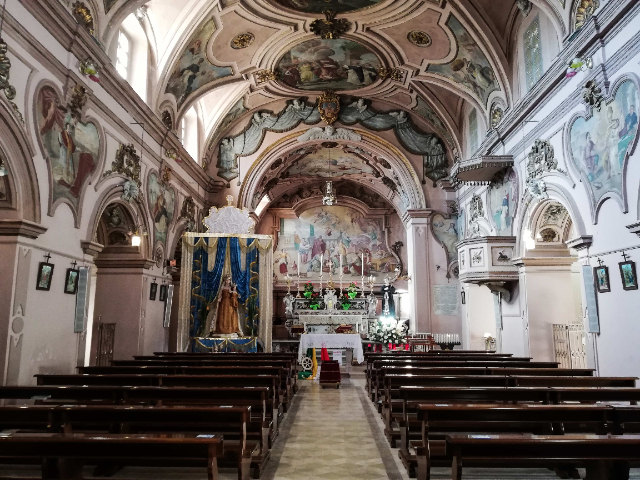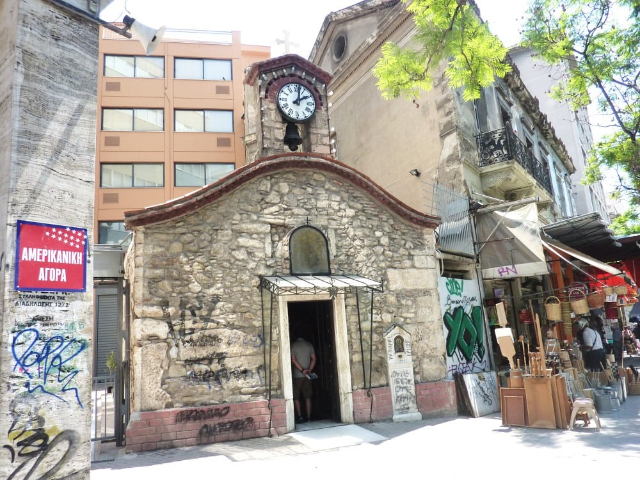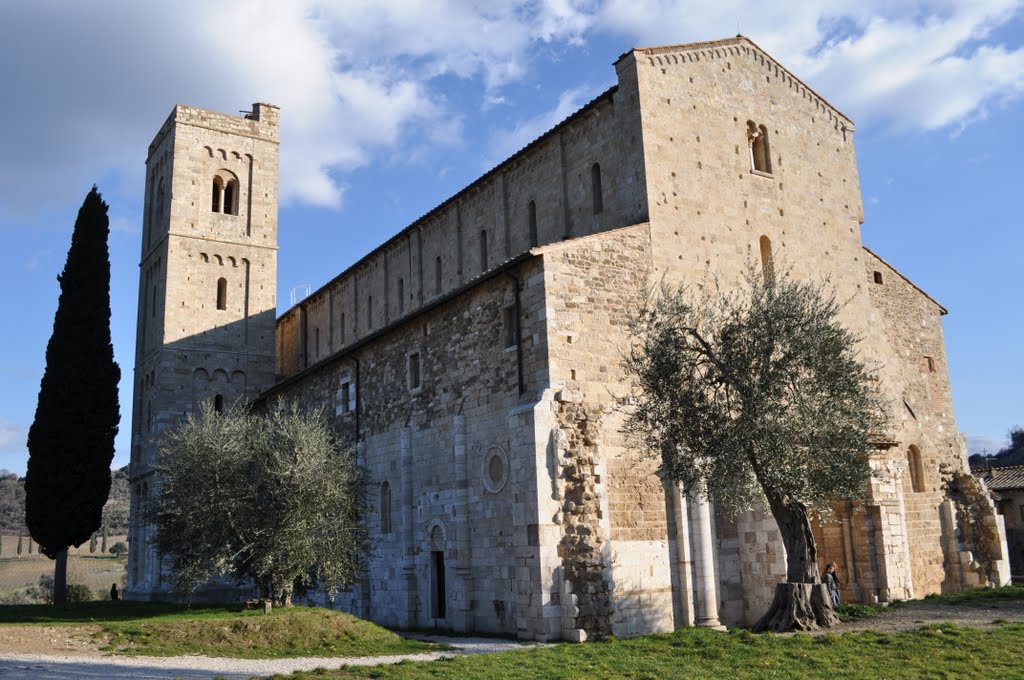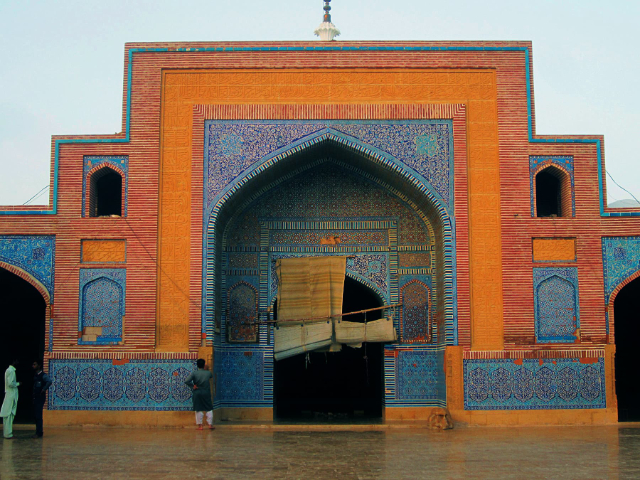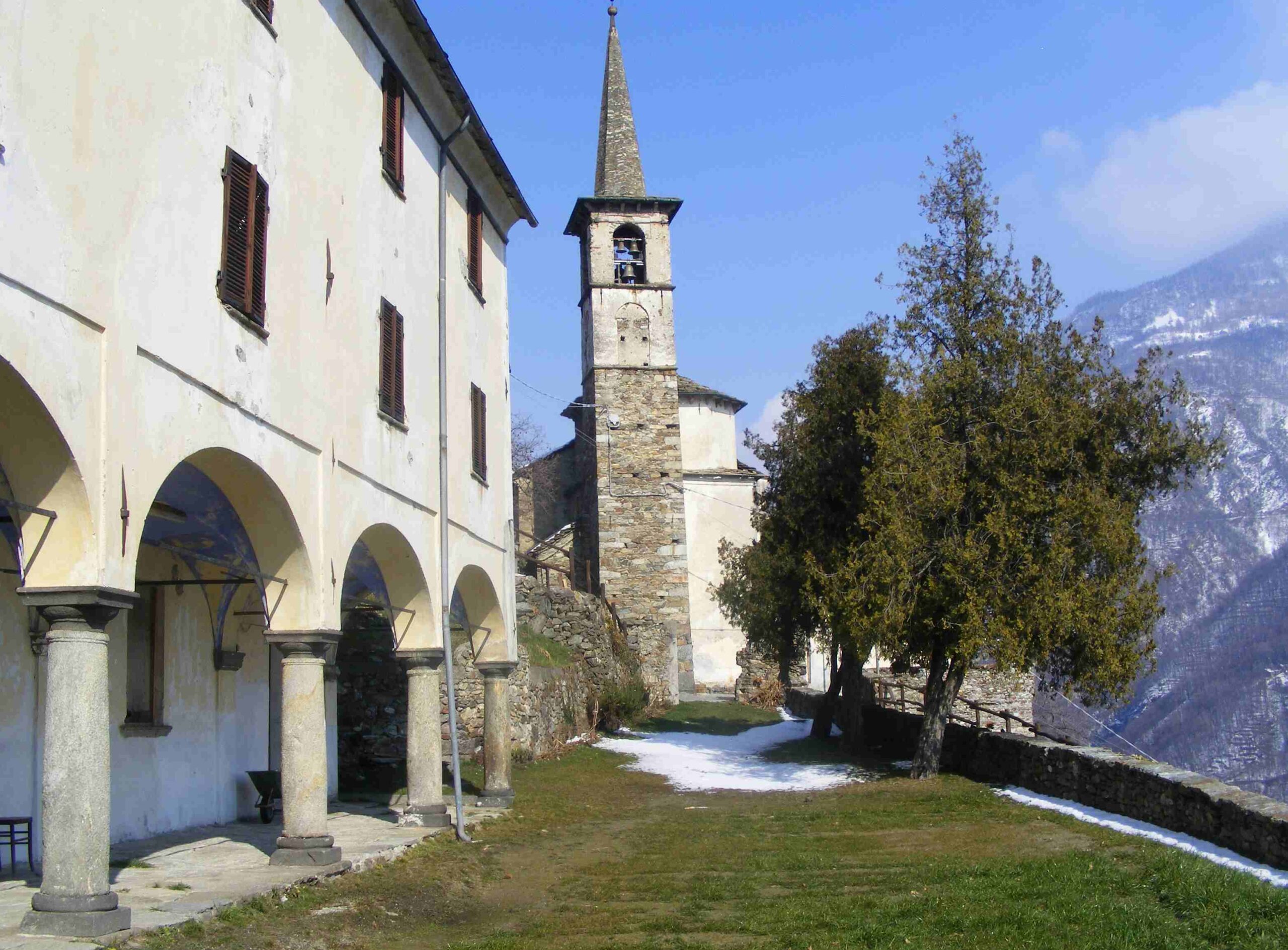The Cathedral, erected on the site of the ancient parish church of Santa Maria, was built between 1592 and 1630 to a design by Ippolito Scalza and restored in 1988.The Cathedral of the Assunta in Montepulciano is truly a Renaissance jewel set in a beautiful square, Piazza Grande.The only surviving structure of the ancient parish church is the massive bell tower made of travertine ashlars and bricks. The apical part, denoted by the slender mullioned bell windows, was never completed. The façade is also unfinished, with salients, while the sides, finished with a covering of bricks and travertine ashlars, are enlivened by Tuscan pilasters between which round arches are inserted.
Inside, the architectural structure, clearly of Florentine origin, is austere and elegant due to the clarity of the plaster surfaces that alternate with the wall face in stone ashlars. The plan is a Latin cross divided into three naves by mighty pillars supporting round arches. In the central nave, in the transepts and in the apse recess, remarkable entablatures support a barrel vault; at the intersection of the two orthogonal bodies the angular pendentives support the drum (architecture) on which the dome is set. The side naves are covered by cross vaults; on the walls, in correspondence of each bay, there are chapels with barrel vaults. The pulpit supported by Ionic columns is leaning against a pillar on the right.
The vast spaces of the temple are adorned with a large number of works of art. Some of them come from the ancient parish church and from other churches in Poliziane. Among these, one of the most important is the monumental Triptych of the Assunta, painted by Taddeo di Bartolo in 1401, which dominates the high altar. Another monument of primary importance is the fifteenth-century Funeral Monument of Bartolomeo Aragazzi, in Carrara marble, created by Michelozzo between 1427 and 1436. Today the monument is divided into nine fragments, seven of which are walled up in different places in the church: two statues and the frieze with putti and garlands are located on the high altar (dating back to the beginning of the 20th century), the statue of the deceased is on the counter-facade on the right, while two bas-reliefs depicting the Madonna blessing the Aragazzi family and the Farewell of the deceased’s mother from her relatives are walled up on the first columns of the nave; two angels are kept at the Victoria and Albert Museum in London.
